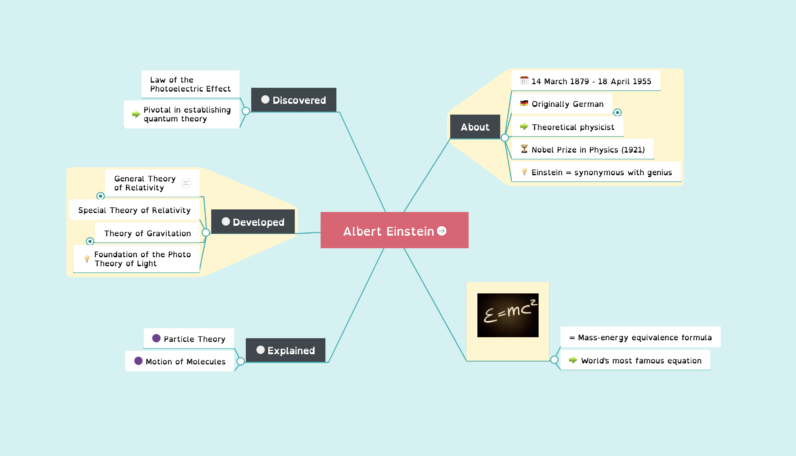

If you need to reduce costs or accelerate progress, you might reduce the number of candidate methods of synthesizing a new product (the lower right of the mind map). Consider Figure 1, a simplified mind map of a product development project. Should you need to reduce project costs or accelerate progress, mind maps can help you do so. Mind maps can also serve to indicate progress on various phases of the project.

Additional “satellite” boxes not shown in Figure 1 can document assumptions and definitions of success. Although the central box of Figure 1 is a brief description of the project name, the central box can also be used for the project charter: a statement of the scope and goals of the project. Lab managers can use mind mapping to design R&D projects to develop new products or process innovations and track progress of the work. Besides using them in my consulting work on lab projects, I also use mind maps to organize large writing projects. Mind maps are used as an aid in organizing ideas and tasks, problem solving, and decision making. 1 For example, color can be used to highlight project milestone deadlines. Mind maps can incorporate visual cues such as colors and arrows, which activate more regions in the human brain, resulting in better memory than linear, text-heavy outlines and notes. Mind mapping uses a diagram that depicts ideas, tasks, or other items linked to and arranged around a central key word or idea (Figure 1). It has also been called task mapping and idea mapping.

Mind mapping is a powerful technique for quickly generating, capturing, and organizing ideas, tasks, and projects.

Apparently, users of previous versions (6 and 7) say that the new version (v8) is comparatively bloated and sluggish, but even running on a very old laptop, I find it to be quick and responsive.A Tool for Organizing Ideas and Tasks, Problem Solving, and Decision Making I can't say which is "best," as there are many, and each has slightly different feature sets. If you're using it for writing, Scapple is $15, is very free-form, and integrates with their writing app, Scrivener. MindMeister looks great, but the free version only allows for three maps. I'd say that you could learn essentially everything about XMind in 30-45 minutes, or 90 minutes, if you're slow like me.Įdit: There's also Freeplane, a fork of Freemind that seems to have a lot of added functionality, including the ability to add extensions. If you want simplicity with a slightly better-looking UI, try XMind. If you want small and utilitarian, check out Freemind. It has many more features, but the UI is pretty dated. XMind looks nice, and is very easy to learn and use. The Pro version has more export options, Evernote integration, and other stuff. I just tested out a handful of packages, finally settling on XMind.


 0 kommentar(er)
0 kommentar(er)
